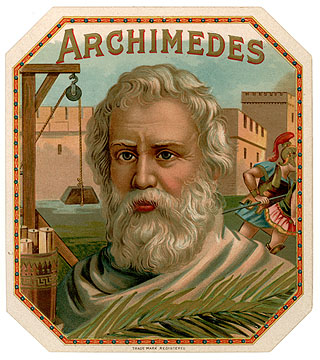So, buoyancy is actually pretty cool. I mean, most of you should probably know this, but if you don't, then you're going to find out! Have you ever wondered why some objects sink, and some object float, even though some of the objects that float are heavier that the objects that sink?


Things float with buoyancy and density. Buoyancy is basically the water or liquid pushing up on an object or living thing, and gravity pushing down on it. For example, a penny will sink in the water because the force of gravity is stronger than the force of water trying to keep it afloat.
On the other hand, a boat will float. Why? Because of density, which is the mass of an object per unit of volume. Or how tightly packed together an object or living being is. A boat isn't as tightly packed together as a penny, because there's air inside. If there's a lot of people on board the boat, then the boat will sink a bit lower. It there's too many people in the boat, then the boat might sink. That's why you don't get mad if you can't go on a cruise because the people say there's too many people on board, but you know they have extra rooms.
 Let me tell you a story: Archimedes was taking a bath when he noticed that when he got out of the water, there appeared to be less. But when he got back in, there appeared to be more, yet no water tumbled over the sides. Then, he got out of the bath, stark-naked, and ran through the streets, shouting, "Eureka! Eureka! I have found it!" What Archimedes had found was something called the water displacement method. There's another story based on water displacement:
Let me tell you a story: Archimedes was taking a bath when he noticed that when he got out of the water, there appeared to be less. But when he got back in, there appeared to be more, yet no water tumbled over the sides. Then, he got out of the bath, stark-naked, and ran through the streets, shouting, "Eureka! Eureka! I have found it!" What Archimedes had found was something called the water displacement method. There's another story based on water displacement: A crow was very thirsty, and he flew around, looking for water. He found a pitcher half full of the liquid, and he flew down to drink some. But no matter how much he tried, the crow couldn't reach the water. After a few failed attempts to get the water, the crow had the idea to fill the water with pebbles. When he put a couple in, the water rose. So he kept putting more in, until the water was high enough to drink from.
Though this story is supposed to encourage young kids to try even when you fail, it also has a bit of science mixed in. After all that, I suppose you can guess what water displacement is, but I'll give you the definition anyway: the water displacement method is used to determine the volume of an object by how much water it displaces, or pushes to the side. I can't really explain it any better than that.




Another thing to know is negative buoyancy, positive buoyancy, and neutral buoyancy. They're easy to remember. Negative buoyancy is when something sinks, such as an anchor:
Positive buoyancy is when something sinks:
Neutral buoyancy is when you neither float nor sink:
Notice how I put a lot of fish up there. Fish have a lot to do with buoyancy. Quite interesting, really, because they have a very unique way of actually swimming. This is just some fun facts: A lot of fish do that do their magic underwater with a swim bladder. A swim bladder is kinda like a human lung: it has an expandable sac. When a fish fills the bladder with water, it can sink to the ocean floor. When it fills it with oxygen taken from the water surrounding it with its gills, or it gets rid of the water in its bladder, the fish has a greater buoyancy, and so it can float to the top of the ocean. But for the fish to stay at a certain level, the fish has to fill its bladder equally, I guess. Really, fish are one of the best examples for buoyancy. We should give them a lot more credit.
 |
| Sorry, I thought it was funny. |

You can also test this with an experiment. It's not a difficult one; it's actually pretty simple. All you need is a large bowl of water, or a bathtub, aluminum foil, and pennies. What you can do is make a boat out of aluminum foil, and then place it into the water. After that, you can place pennies into the boat, and see how many pennies it takes to sink the boat. Remember: if your boat looks like this then it'll probably take a lot of pennies to sink it:

But if your boat is more tightly compressed, with little air pockets inside of the boat, then I'm guessing it won't take a lot of pennies to sink it. And that is an experiment you can try that is simple and informative.
So, that's the end of this blog. I hope you enjoyed it; I hope you learned something. I look forward to doing another blog, and I hope my next one is just as informative as this one. There are links below, and below those links are videos just in case. I'll also add a link of the story of Archimedes of Syracuse if you want to know the whole story. Or, if you don't feel like reading the story, I'll put up the video. Peace out, y'all!












